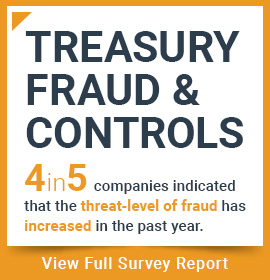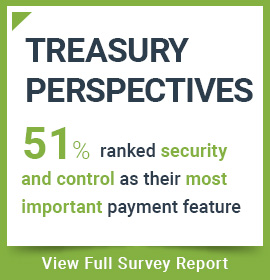If you want to look for inefficiences and areas for fraud – a good place to start for both is with the exception processes. This is true with paying regular old accounts payable items with wires. Many A/P systems don’t support a straight through process for generating wire transfer from within the A/P area all the way to the bank. Therefore, paying a vendor by wire results in an exception process. A separate wire request to treasury…separately recording the accounting entry.
Who is to say that the payment won’t be made by check in a week or a month? The A/P system must be updated to reflect a payment that was made by another system. Quickly too – since the normal ‘duplicate payment’ report that most A/P systems have set up won’t be able to pull up a wire entered into a bank system. You just bypassed that control – and astute A/P and Treasury folks will make sure that they handle that exception appropriately to prevent a duplicate or fraud problem from occuring.
What should be done? Well, here are a few points to get you started (but don’t end here):
- Eliminate or reduce the need for special handling of A/P wires.
- Clearly document those transfers – and require up front accounting before wiring A/P payments.
- Challenge all A/P wires (treasury and A/P staff)
- If these wires hit a special account on the ledger – monitor this closely. Self audit religiously.
- Set up ACH payments for domestic items
Exception processes are necessary for some items, but some use the exception to drive everything else through that hole. Monitor those exceptions and you should have good payback for your effort.





